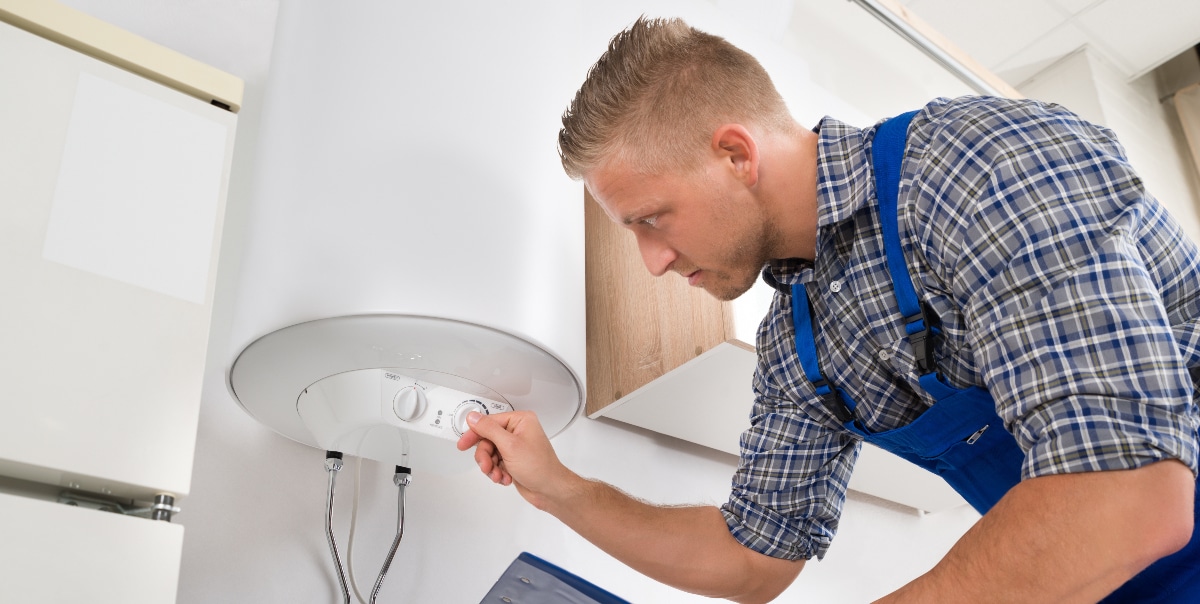Caring for Your Home's Hot Water System: Key Guidelines
Caring for Your Home's Hot Water System: Key Guidelines
Blog Article
Are you searching for guidance about How to Maintain a Hot Water Heater in a Few Simple Steps?

Warm water is crucial for day-to-day comfort, whether it's for a refreshing shower or cleaning dishes. To ensure your hot water system runs efficiently and lasts longer, normal upkeep is crucial. This write-up gives useful suggestions and insights on how to keep your home's warm water system to stay clear of disturbances and pricey repair services.
Intro
Maintaining your home's hot water system may seem complicated, yet with a few simple steps, you can ensure it runs efficiently for several years ahead. This overview covers every little thing from understanding your hot water system to DIY maintenance ideas and understanding when to call specialist aid.
Relevance of Keeping Your Warm Water System
Regular maintenance not only extends the lifespan of your hot water system but also ensures it operates effectively. Neglecting maintenance can lead to decreased efficiency, greater power costs, and also early failing of the system.
Indications Your Warm Water System Requirements Maintenance
Understanding when your hot water system needs interest can avoid major issues. Look out for indicators such as irregular water temperature level, odd noises from the heating unit, or rusty water.
Understanding Your Hot Water System
Prior to diving right into upkeep tasks, it's handy to comprehend the basic components of your warm water system. Usually, this includes the hot water heater itself, pipes, anode poles, and temperature level controls.
Monthly Upkeep Tasks
Routine monthly checks can aid catch small problems before they rise.
Flushing the Water Heater
Purging your water heater gets rid of sediment build-up, enhancing efficiency and lengthening its life.
Checking and Changing Anode Rods
Anode rods protect against rust inside the tank. Checking and replacing them when worn is essential.
Evaluating and Changing Temperature Level Settings
Readjusting the temperature setups guarantees optimum performance and security.
Do It Yourself Tips for Maintenance
You can execute several upkeep tasks on your own to maintain your hot water system in leading condition.
Looking for Leaks
Frequently evaluate pipes and links for leakages, as these can result in water damages and higher expenses.
Examining Pressure Alleviation Valves
Examining the pressure safety valve ensures it works appropriately and avoids too much pressure build-up.
Protecting Pipelines
Protecting warm water pipes lowers warm loss and can conserve energy.
When to Call a Specialist
While DIY upkeep is advantageous, some concerns require specialist proficiency.
Facility Issues Needing Professional Assistance
Instances include significant leaks, electrical troubles, or if your water heater is constantly underperforming.
Routine Expert Upkeep Benefits
Expert upkeep can include complete examinations, tune-ups, and making sure conformity with safety and security criteria.
Conclusion
Regular maintenance of your home's hot water system is vital for performance, durability, and expense savings. By complying with these ideas and recognizing when to look for specialist aid, you can make certain a reliable supply of warm water without unanticipated disturbances.
Water Heater Maintenance Tips
Test the TPR Valve
Shut off the power and the cold-water supply valve. Place a bucket under the pipe connected to the temperature-pressure-release (TPR) valve on the top or side of the tank. (This valve opens if the tank pressure gets too high.) Lift the valve’s tab to let some water out, then let go. If water keeps flowing, drain the tank partway, unscrew the old valve with a pipe wrench, and install a new one. Check the Anode Rod
Put a hose to the tank’s drain cock and let out a few gallons of water. Now fit a 1 1/16-inch socket onto the rod’s hex head on top of the heater (or under its top plate) and unscrew the rod. If it’s less than ½ inch thick or coated with calcium, buy a new one, wrap its threads with Teflon tape, put it back in the tank, and tighten securely. Use this segmented rod if headroom above the tank is limited. Drain the Tank and Wash Out Sediment
Drain the remaining water in the tank into the bucket, then stir up the sediment on the tank’s bottom by briefly opening the cold-water supply valve. Drain and repeat until clean water comes out of the hose. Close the drain cock, refill the tank, and turn its power back on. Adjust the Temperature
Find the temperature dial on the side of the tank and unscrew its cover. Adjust the dial to 120 degrees using a flathead screwdriver. For every 10 degrees the temperature is lowered, you can expect to save up to 5 percent in energy costs. Turn the water heater off or the thermostat down to its lowest setting if you plan to be away from home for more than three days. Insulate the Pipes
Buy some self-sticking 3/8-inch-thick foam pipe insulation that matches the pipes’ diameter. Slide the foam over the hot-and cold-water pipes as far as you can reach. Insulating the cold-water pipe prevents condensation in summer. Peel the tape and squeeze the insulation closed. If the pipe is 6 inches or less from the flue, cover it with 1-inch-thick unfaced fiberglass pipe wrap. https://www.thisoldhouse.com/plumbing/21016402/how-to-maintain-a-water-heater

I am just very taken with Water Heater Maintenance Tips You Can't Afford to Forget and I am assuming you appreciated the entire blog posting. Loved our piece of writing? Please share it. Let another person find it. I cherish your readership.
Go Deal Report this page